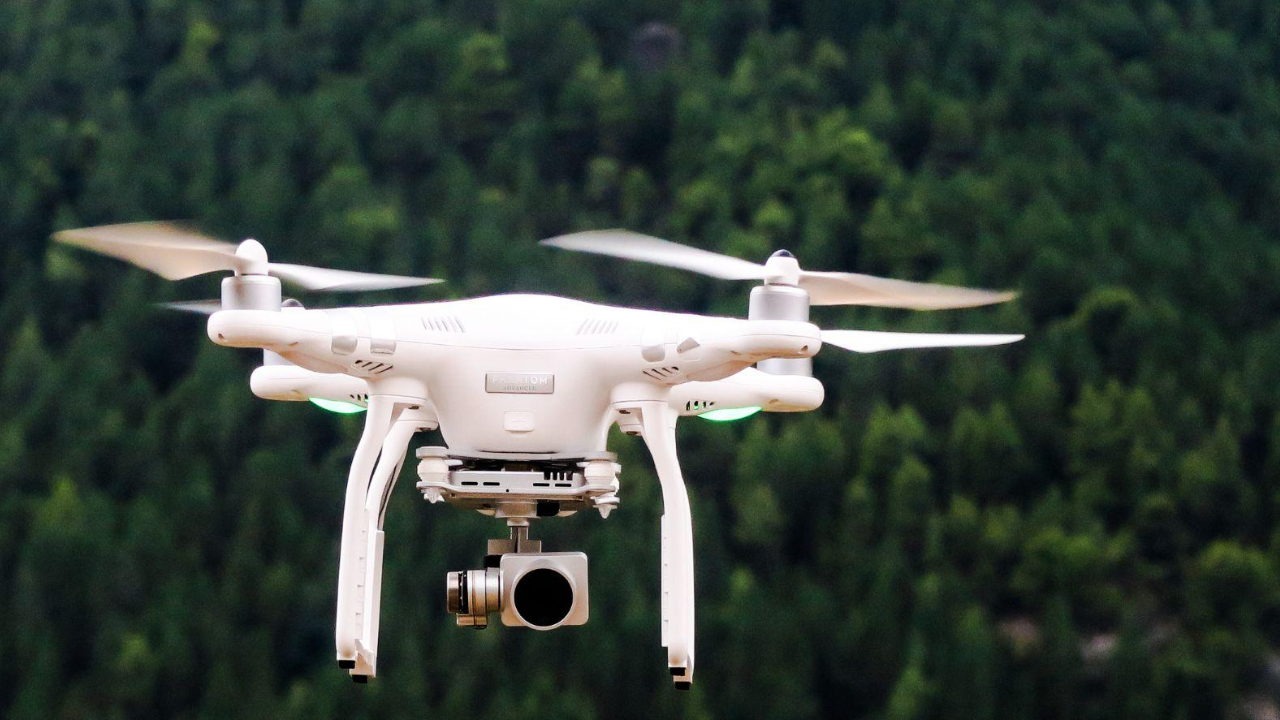Concerns about unauthorized flying in sensitive areas have generated creative solutions in an age of widespread drone use. Anti-drone jammers have developed as an important tool for interrupting and neutralizing potential drone-based security threats. These devices employ a variety of jamming techniques to disrupt communication frequencies, GPS signals, and other key links between the drone and its operator.
Anti-drone jammers temporarily incapacitate drones by producing interference signals that prevent them from receiving commands or transmitting data. Despite their effectiveness, the use of anti drone jammer is subject to legal and regulatory constraints, emphasizing the importance of responsible and compliant usage. As technology evolves, anti-drone jamming remains an important tool for protecting airspace and limiting the risks associated with unauthorized drone activities.
Common Anti-Drone Jamming Techniques
The most common anti-drone jamming techniques are listed below:
Continuous Wave (CW) Jamming
Continuous wave jamming is the process of delivering a continuous signal on the target frequency, producing interference with the drone’s communication links with its operator. This approach impairs the drone’s capacity to accept commands and relay data. While simple, continuous wave jamming can be ineffective against frequency-hopping drones that can rapidly shift their operational frequency.
Frequency Hopping Jamming
Frequency Hopping jamming is intended to counter drones equipped with frequency-hopping spread spectrum (FHSS) technology. Traditional jammers find it difficult to jam drones that use FHSS because they rapidly switch frequencies during transmission. Frequency-hopping jammers adapt by scanning and jamming across a wide variety of frequencies, ensuring interference even with agile drones.
Pulse Jamming
The process of delivering intermittent pulses of radio frequency energy is known as pulse jamming. These pulses interfere with the drone’s communication signals. Pulse jamming works on both fixed-frequency and frequency-hopping drones. The drone may struggle to synchronize and maintain contact due to the intermittent nature of the pulses, resulting in brief disruption.
GPS Jamming
Many drones rely on GPS signals to navigate. GPS jamming targets the drone’s GPS receiver, sending interference signals that overwhelm or fool the drone’s capacity to acquire correct GPS coordinates. This can result in a loss of navigational capability, forcing the drone to drift or enter failsafe mode.
Wi-Fi and Communication Band Jamming
Drones frequently employ Wi-Fi and other communication frequencies for remote control and data transmission. Jammers can particularly target certain frequency channels to interrupt the drone’s communication link with its operator. By blocking Wi-Fi transmissions or other defined communication frequencies, the drone loses connectivity and is unable to receive or transfer data.
Directional Jamming
Directional jamming entails concentrating the jamming signal in a specified direction to minimize interference with nearby electronic devices. This approach is useful in circumstances where accuracy is required to avoid collateral damage. Directional jammers can be used to target specific drones while minimizing interference with other systems.
Multi-Frequency Jamming
Multi-frequency jamming includes numerous frequency bands that are often used by drones. This strategy offers a more comprehensive answer by assuring interference with the numerous communication networks that drones may use. Multi-frequency jammers are adaptable and effective against a wide range of drone types using various communication systems.
Sweep Jamming
Sweep jamming is a dynamic approach in which the jammer rapidly sweeps across a spectrum of frequencies. This strategy works well against drones with adaptive frequency hopping capability. By constantly shifting frequencies, the sweep jammer inhibits the drone’s capacity to communicate, resulting in temporary incapacitation.
Selective Jamming
Selective jamming targets specific frequency bands while leaving others unaffected. This approach is useful in situations where it is critical to avoid interference from authorized communication systems running in surrounding frequency bands. Selective jamming necessitates fine-tuning to disrupt only the frequencies connected with the drone’s communication.
Summary
Anti-drone jamming techniques are effective instruments for combating unauthorized drone activities. Each strategy has advantages and limits, and its efficacy is determined by elements such as drone technology, jammer capabilities, and the regulatory environment. As the drone threat landscape evolves, continued research and development are critical for refining and improving anti-drone jamming measures and ensuring a strong response to new security concerns.

